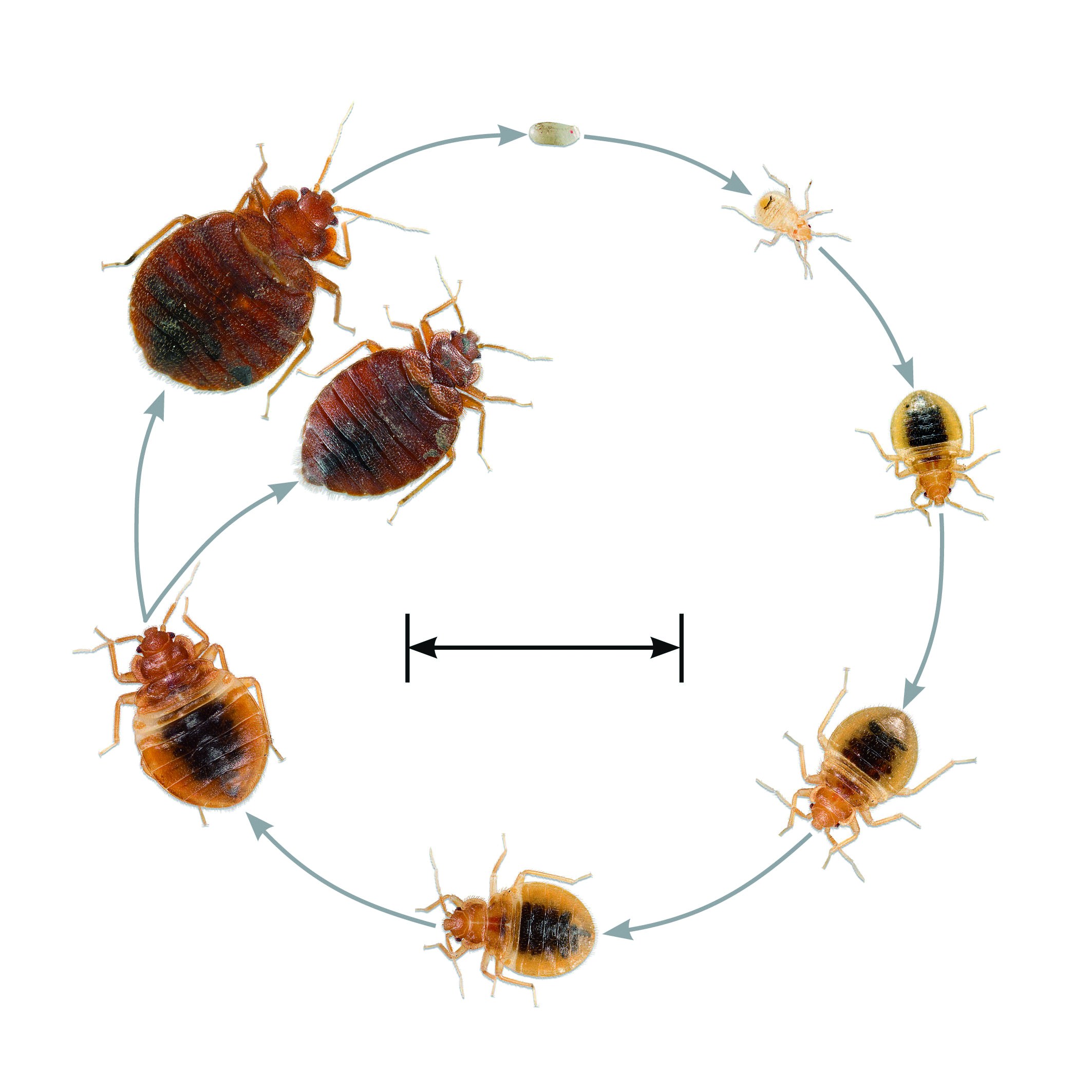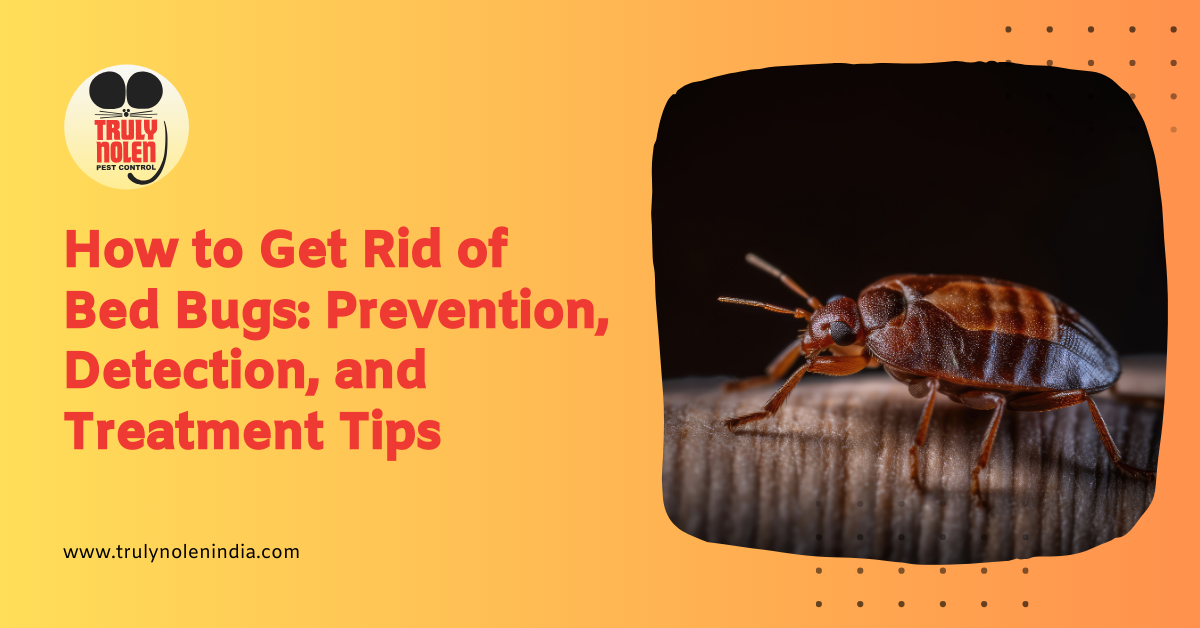Effective Bed Bug Treatment Methods: A Comprehensive Overview
Wiki Article
Discover the most effective Bed Insect Treatment Techniques for Your Pest Control Plan
When encountered with a bed insect invasion, determining the most efficient therapy techniques comes to be important for effective parasite control. Choosing the finest bed bug treatment technique customized to your details circumstance is essential for achieving long lasting results.Identifying Bed Pest Invasions
Determining signs of a bed pest problem can be critical in efficiently addressing the problem and protecting against further spread in a prompt manner (Bed bug treatment). Bed pests are elusive insects that hide during the day and come out in the evening to feed upon blood. Common indications of a bed pest invasion include reddish-brown discolorations on bedding or furniture from smashed bugs, small dark areas that are bed bug excrement, dropped skins in areas where bed pests conceal, and a wonderful, stuffy odor in severe invasionsAmong the essential indicators of a bed pest trouble is waking up with inexplicable attacks or welts on your skin, especially in a straight or gathered pattern. It is vital to thoroughly evaluate your resting area, including the bed mattress, box spring, headboard, and close-by furniture for live bugs or indicators of their existence. Trigger recognition of a bed pest problem is vital to avoid the scenario from intensifying and calling for more substantial treatment approaches. It is advisable to look for professional bug control support to effectively eliminate the bugs from your home. if you suspect a bed bug invasion.
Non-Chemical Treatment Approaches
Non-chemical therapy techniques use effective options for resolving bed pest problems without relying on conventional pesticides. Heat treatment is one such method that involves elevating the temperature in ravaged areas to degrees that are lethal to bed bugs. Furthermore, steam therapy can be used to eliminate bed insects and their eggs by subjecting them to high temperature levels, making it a valuable non-chemical option for combating invasions.
Chemical Treatment Options
Having explored reliable non-chemical techniques for addressing bed insect infestations, it is important to consider the efficiency of chemical treatment options in combating these resistant bugs. Chemical treatments play a critical role in bed bug control, particularly in severe invasions where non-chemical methods might not supply enough relief. There are various kinds of chemical treatments readily available for managing bed bugs, consisting of pesticides, desiccants, and insect growth regulators.Insecticides are generally made use of to eliminate bed bugs on call and deal recurring security against future problems (Bed bug treatment). Desiccants work by damaging the external waxy layer of bed bugs, resulting in dehydration and fatality. Insect development regulators interfere with the bed pest life cycle by inhibiting their development from nymphs to grownups, eventually lowering the populace in time
When thinking about other chemical treatment alternatives, it is vital to focus on safety and security by adhering to label directions, using proper protective equipment, and thinking about the possible threats to family pets and humans. Consulting with an expert bug control solution can aid identify one of the most risk-free and efficient chemical treatment for your particular bed insect problem.
Integrated Bug Administration Methods

IPM approaches for bed bug control might include detailed evaluation to determine the degree of problem, recognition of key harborage websites, and execution of cleanliness measures. Additionally, minimizing mess, sealing holes and cracks, and eliminating prospective hiding places can help prevent bed insects from establishing themselves.
In addition, non-chemical control approaches such as warmth treatment, vacuuming, vapor cleansing, and the use of bed bug catches can be efficient elements of an IPM plan. These techniques target bed bugs at various life phases and disrupt their reproductive cycle, bring about population reduction.
Routine tracking and follow-up evaluations are critical in IPM to analyze the efficiency of control procedures and make essential modifications. By incorporating integrated pest monitoring approaches right into your insect control plan, you can accomplish long-term success in managing bed bug infestations.
Expert Extermination Services
Professional elimination solutions provide specific proficiency and resources for efficiently removing bed pest invasions. Bed bug invasions this content can be especially testing to deal with due to their durability and ability to conceal in various cracks and holes. Specialist pest control experts are educated to recognize the indications of bed bugs, find their hiding areas, and use targeted therapy approaches to remove them successfully.When choosing a professional extermination solution for bed insect control, it is important to search for certified and licensed parasite control companies with experience in dealing particularly with bed pests. These specialists have accessibility to a series of treatment alternatives, consisting of chemical and non-chemical techniques, to efficiently fight bed insect problems while making sure the safety of passengers article and family pets.
Additionally, professional pest control specialists can provide follow-up inspections and treatments as required to guarantee that the invasion is totally gotten rid of. Their expertise in bed insect actions and treatment protocols can help protect against future infestations, supplying assurance for businesses and home owners alike. When confronted with a stubborn bed bug problem, enlisting the services of professional exterminators is often one of the most dependable service to attain complete elimination.
Final Thought

When encountered with a bed insect problem, determining the most reliable treatment methods comes to be crucial for effective bug control. Usual indicators of a bed insect invasion include reddish-brown discolorations on bedding or furnishings from smashed bugs, small dark areas that are bed pest excrement, shed skins in areas where bed pests conceal, and a pleasant, stuffy odor in severe problems.
Having actually checked out reliable non-chemical methods for addressing bed insect invasions, it is important to consider the effectiveness of chemical treatment options in combating these resistant parasites. Chemical therapies play a vital duty in bed pest control, especially in severe infestations where non-chemical techniques might not supply enough relief. By including these different therapy methods right into a detailed bug control strategy, individuals can successfully manage and eliminate bed pest invasions in their organizations or homes.
Report this wiki page